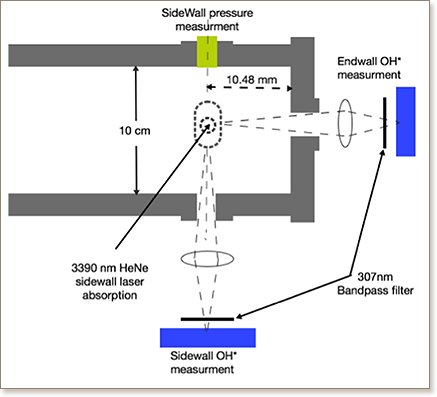Autoignition of straight-run naphtha: A promising fuel for advanced compression ignition engines


Naphtha, a low-octane distillate fuel, has been proposed as a promising low-cost fuel for advanced compression ignition engine technologies. Experimental and modelling studies have been conducted in this work to assess autoignition characteristics of naphtha for use in advanced engines. Ignition delay times of a certified straight-run naphtha fuel, supplied by Haltermann Solutions, were measured in a shock tube and a rapid comparison machine over wide ranges of experimental conditions (20 and 60 bar, 620–1223 K, ϕ = 0.5, 1 and 2). The Haltermann straight-run naphtha (HSRN) has research octane number (RON) of 60 and motor octane number (MON) of 58.3, with carbon range spanning C3–C9. Reactivity of HSRN was compared, via experiments and simulations, with three suitably formulated surrogates: a two-component PRF (n-heptane/iso-octane) surrogate, a three-component TPRF (toluene/n-heptane/iso-octane) surrogate, and a six-component surrogate. All surrogates reasonably captured the ignition delays of HSRN at high and intermediate temperatures. However, at low temperatures (T < 750 K), the six-component surrogate performed the best in emulating the reactivity of naphtha fuel. Temperature sensitivity and rate of production analyses revealed that the presence of cyclo-alkanes in naphtha inhibits the overall fuel reactivity. Zero-dimensional engine simulations showed that PRF is a good autoignition surrogate for naphtha at high engine loads, however, the six-component surrogate is needed to match the combustion phasing of naphtha at low engine loads.
DOI: 10.1016/j.combustflame.2017.10.038

"KAUST shall be a beacon for peace, hope and reconciliation, and shall serve the people of the Kingdom and the world."
King Abdullah bin Abdulaziz Al Saud, 1924 – 2015
Thuwal 23955-6900, Kingdom of Saudi Arabia
© King Abdullah University of Science and Technology. All rights reserved